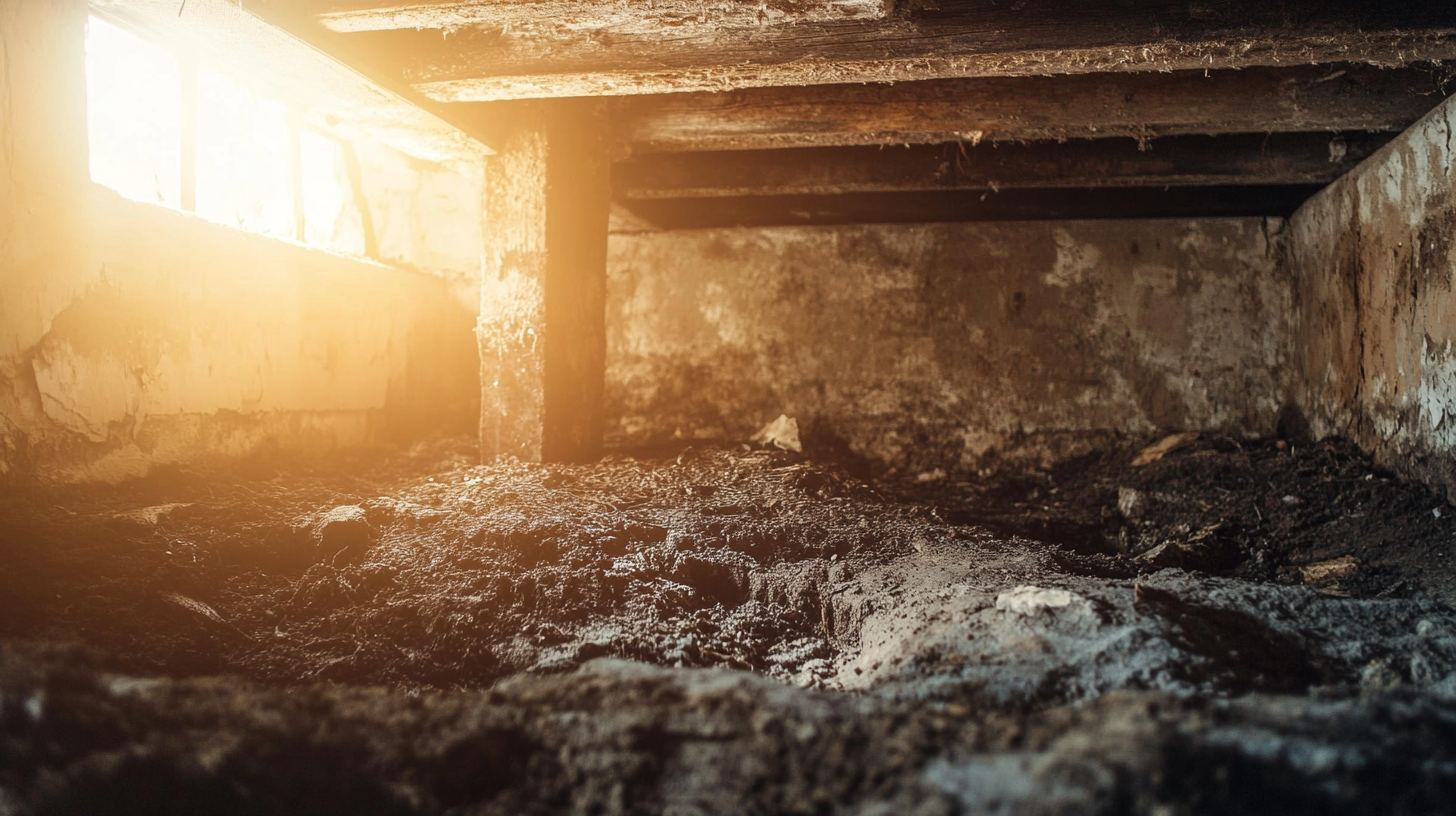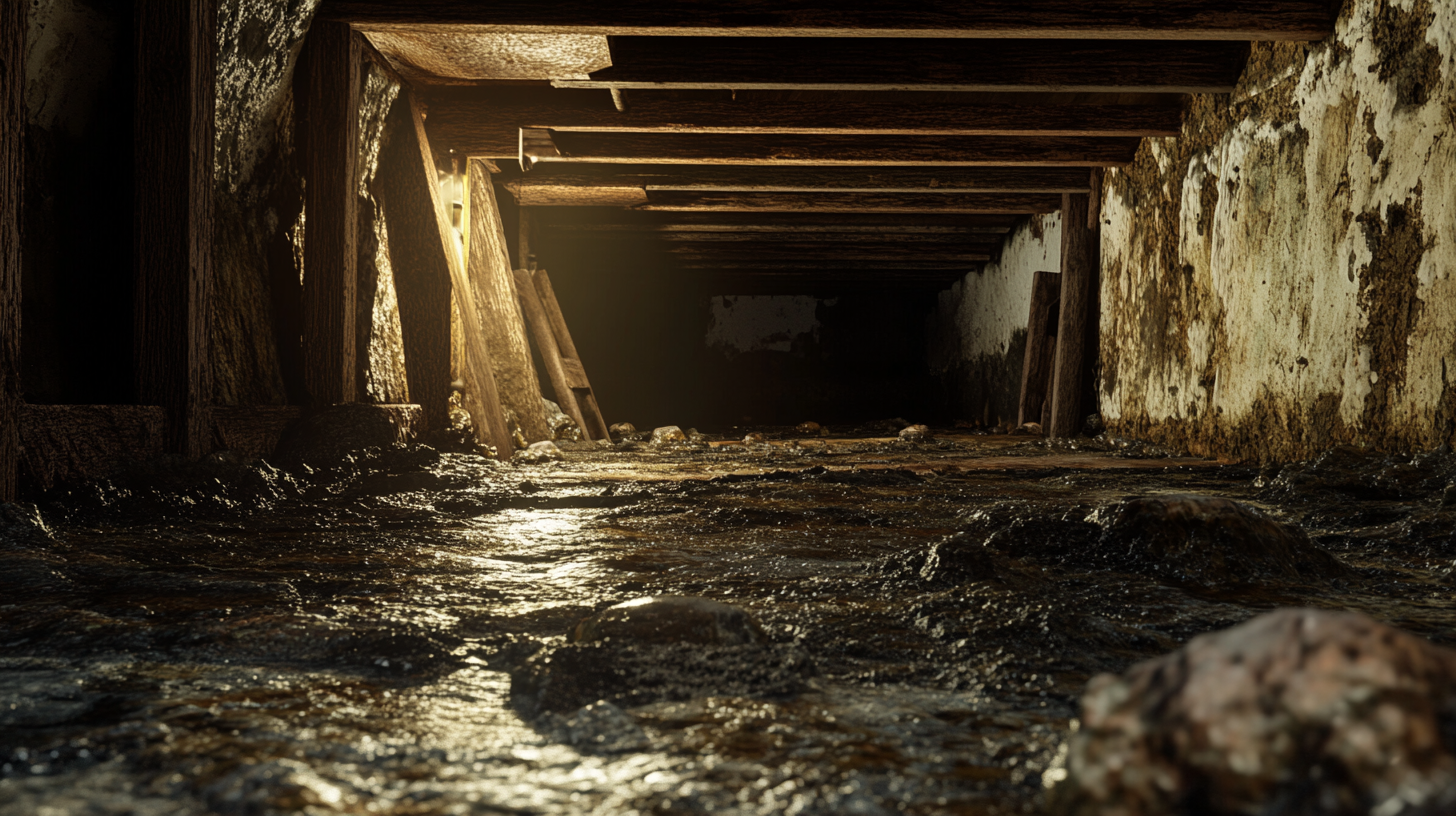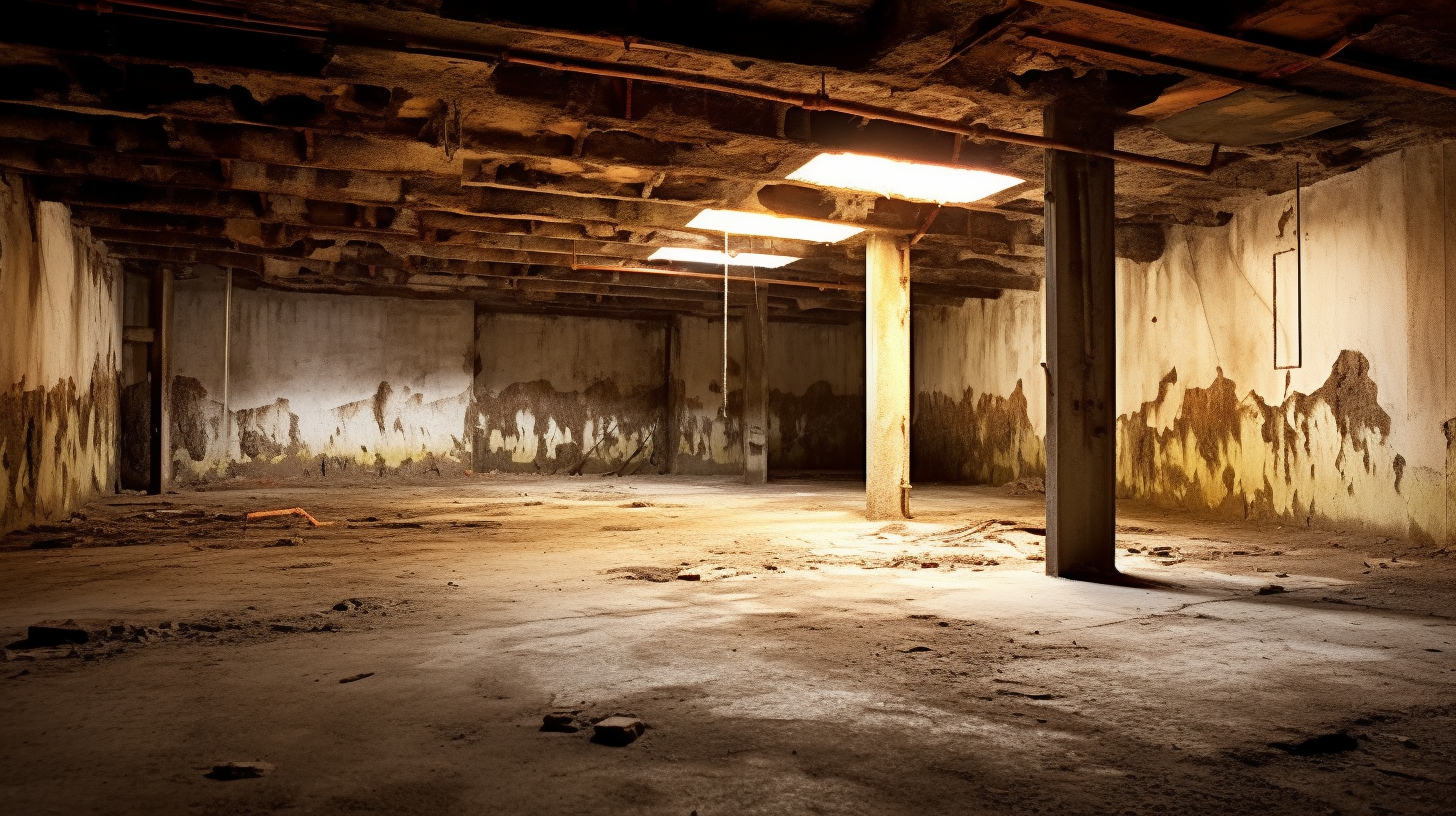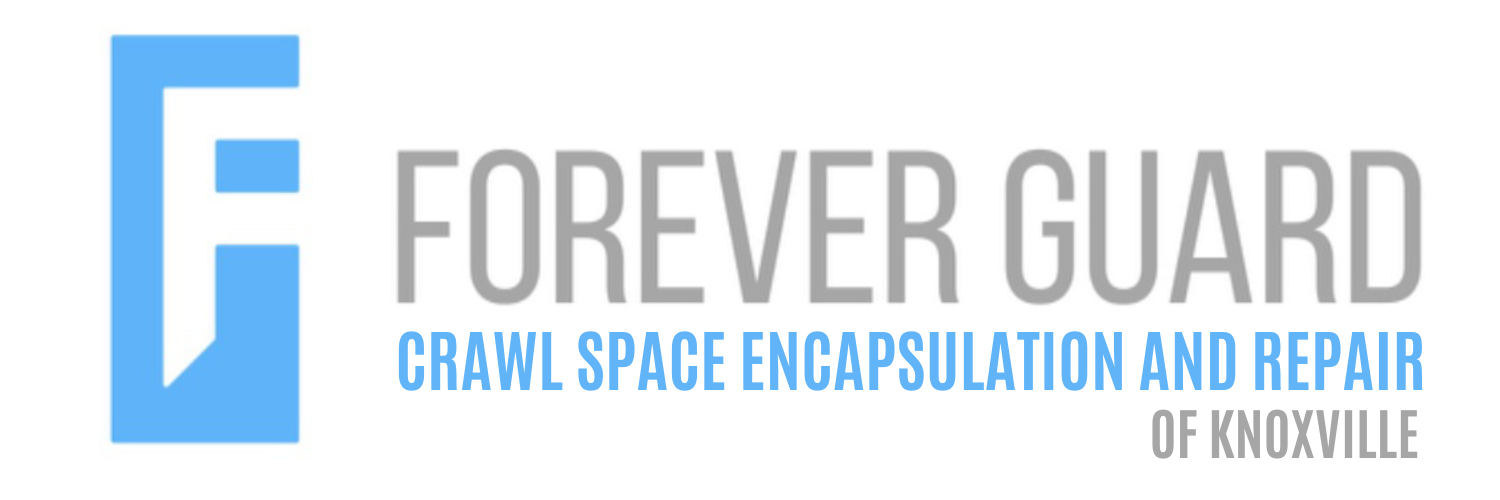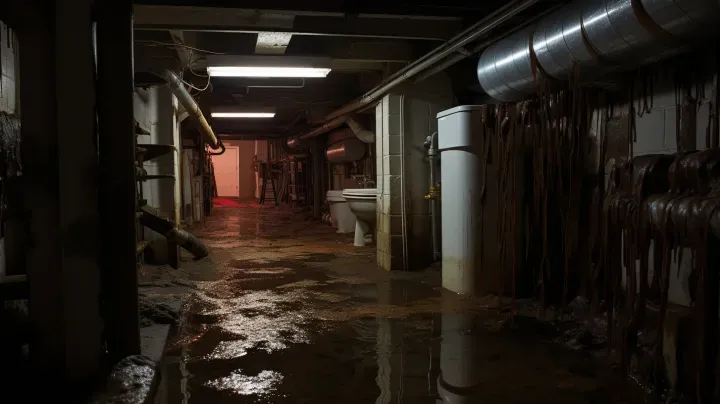Now IS THe Time To...

Crawl Space Services In Knoxville, TN
Stetson Howard: 865-432-6743
CRAWL SPACE ENCAPSULATION, REPAIR, WATERPROOFING & MOLD REMOVAL
No-Obligation, Free Inspections
No-Obligation Free Estimates
We Warranty All of Our Work
100% Satisfaction Guaranteed
Welcome to our in-depth exploration of the critical role of waterproofing in apartment buildings. This blog delves into why effective waterproofing is not just a preventative measure but a fundamental aspect of maintaining the structural integrity and livability of multi-unit dwellings.
Understanding the Significance of Waterproofing in Apartment Complexes
Waterproofing in apartment buildings is a crucial concern for both property managers and residents. It goes beyond mere inconvenience; ineffective waterproofing can lead to significant structural damage, health risks due to mold and mildew, and substantial financial costs. In the unique context of apartment buildings, where individual units share walls, roofs, and foundations, the impact of water damage can be widespread, affecting multiple residents and common areas.
Common Waterproofing Challenges in Multi-Unit Dwellings
Apartment buildings present unique challenges for waterproofing:
- Complex Plumbing Systems: The intricate network of pipes serving multiple units increases the risk of leaks and water damage.
- Shared Walls and Facilities: Water issues in one unit can quickly spread to adjacent areas, making early detection and containment crucial.
- Balconies and Rooftop Decks: These common areas are exposed to the elements and require regular maintenance to prevent water infiltration.
- Basement and Foundation: These lower levels are particularly susceptible to water seepage from the ground, especially in older buildings.
In this blog, we will explore effective waterproofing strategies tailored to the specific needs of apartment buildings. From routine maintenance to addressing the unique challenges posed by shared living spaces, we aim to provide valuable insights for property managers and residents alike.
Join us as we navigate the complexities of apartment building waterproofing, highlighting its importance and outlining practical solutions to ensure a safe, dry, and comfortable living environment for all residents.
The Basics of Apartment Building Waterproofing
Waterproofing in apartment buildings is a critical aspect of building maintenance, ensuring the safety and comfort of residents while preserving the structure's integrity. This section will cover the key areas that require waterproofing in apartment buildings, how these needs differ from single-family homes, and introduce common waterproofing systems used in these structures, along with their advantages and disadvantages.
Understanding Waterproofing Needs
Key Areas in Apartment Buildings That Require Waterproofing
Certain areas in apartment buildings are particularly susceptible to water damage:
- Roofs and Terraces: These are exposed to rain and snow, requiring robust waterproofing to prevent leaks.
- Basements and Foundations: These lower areas are prone to groundwater seepage and require special attention.
- Bathrooms and Kitchens: In individual units, these areas need waterproofing to prevent leaks to other units.
- Exterior Walls and Balconies: These areas face direct exposure to weather elements.
Differences in Waterproofing Needs Compared to Single-Family Homes
Waterproofing in apartment buildings differs in several ways:
- Scale and Complexity: The size and complexity of apartment buildings often mean more extensive waterproofing systems are needed.
- Shared Spaces: Waterproofing in shared areas like roofs and basements impacts all residents, making it a communal concern.
- Regulatory Requirements: Apartment buildings may have stricter building codes and regulations regarding waterproofing.
Common Waterproofing Systems Used
Introduction of Waterproofing Systems Suitable for Apartment Buildings
Several waterproofing systems are commonly used in apartment buildings:
- Membrane Systems: These include sheet-based and liquid-applied membranes, often used on roofs, terraces, and foundations.
- Sealants: Used around windows, doors, and joints, sealants prevent water ingress in vulnerable areas.
- Cementitious Coatings: These are used in wet areas like bathrooms and basements for their durability and moisture resistance.
Pros and Cons of Different Systems
- Membrane Systems: Pros include high durability and effectiveness; cons can be the higher cost and need for professional installation.
- Sealants: Pros are ease of application and flexibility; cons include the need for regular inspection and maintenance.
- Cementitious Coatings: Pros are their robustness and resistance to wear; cons can be the complexity of application and potential for cracking if not properly applied.
Waterproofing Different Areas of the Apartment Building
Effective waterproofing in apartment buildings is essential to protect the structure from water damage and ensure the comfort and safety of residents. This section will focus on the importance and best practices of waterproofing various critical areas, including roofs, basements and foundations, as well as balconies and external walls.
Roof Waterproofing
Importance of Roof Waterproofing in Apartment Buildings
The roof is a primary defense against water, making its waterproofing crucial:
- Prevents Leaks: Proper roof waterproofing prevents water from seeping into the building, which can cause damage to individual units and common areas.
- Protects Structural Integrity: Keeping the roof dry helps maintain the structural integrity of the entire building.
Best Practices and Materials for Roof Waterproofing
Effective roof waterproofing involves:
- Regular Inspections: Check for cracks, damage, or wear and tear, especially after extreme weather.
- Quality Materials: Use high-quality membranes or coatings, such as elastomeric coatings, bituminous membranes, or liquid-applied membranes.
- Professional Installation: Due to the complexity and importance, professional installation is recommended for roof waterproofing.
Basement and Foundation Waterproofing
Challenges and Solutions for Waterproofing Basements and Foundations
Basements and foundations present unique waterproofing challenges:
- Groundwater Pressure: Basements are prone to hydrostatic pressure, which can lead to water seepage.
- Cracks and Joints: Over time, foundations can develop cracks that allow water ingress.
Impact of Waterproofing on Building Stability
- Prevents Structural Damage: Effective waterproofing protects the foundation, which is crucial for the building's overall stability.
- Mold and Mildew Prevention: Keeping basements dry prevents mold growth, which can affect the building's air quality.
Balconies and External Walls
Techniques for Waterproofing Balconies and External Walls
Balconies and external walls require specific waterproofing attention:
- Sealants and Coatings: Use durable sealants for joints and cracks, and weather-resistant coatings for wall surfaces.
- Drainage Considerations: Ensure proper drainage on balconies to prevent standing water.
Considerations for Aesthetic and Functional Balance
- Aesthetic Compatibility: Choose waterproofing materials that complement the building's exterior design.
- Longevity and Maintenance: Opt for solutions that offer a balance between durability and ease of maintenance.
Maintenance and Inspection of Waterproofing Systems
Regular maintenance and inspection are crucial for the longevity and effectiveness of waterproofing systems in any building. A well-maintained waterproofing system not only protects the structure from potential water damage but also saves significant repair costs in the long run. This section will guide you through developing a maintenance schedule for waterproofing systems and how to identify and address issues effectively.
Regular Maintenance Schedule
Developing a Maintenance Schedule for Waterproofing Systems
A proactive approach to maintenance can prevent major waterproofing failures:
- Bi-Annual Inspections: Conduct thorough inspections of all waterproofing systems at least twice a year, typically in the spring and fall.
- After Severe Weather Events: Perform additional checks after heavy rains, snow, or other extreme weather conditions.
Key Areas to Focus on During Inspections
Certain areas are more prone to water damage and should be inspected regularly:
- Roofs and Terraces: Check for cracks, blisters, or open seams in the waterproof membrane.
- Basements and Foundations: Look for any signs of moisture, such as damp walls or water pooling.
- Windows and Doors: Ensure that seals and caulking are intact and free of cracks.
- Exterior Walls: Inspect for any cracks, peeling paint, or signs of mold or mildew.
Identifying and Addressing Issues
How to Spot Signs of Waterproofing Failure
Early detection of issues is key to maintaining an effective waterproofing system:
- Visual Signs: Look for peeling, blistering, or flaking of paint or coatings.
- Physical Damage: Check for cracks, gaps, or other signs of physical damage in the waterproofing layer.
- Water Stains and Mold: These are indicators of moisture penetration and potential waterproofing failure.
Steps to Take When Issues are Identified
Prompt action is necessary to address waterproofing issues:
- Minor Repairs: For small issues like minor cracks or gaps, use appropriate sealants or caulking.
- Professional Assessment: If you notice extensive damage or are unsure about the severity of the issue, consult a waterproofing professional.
- Regular Monitoring: After repairs, monitor the affected area over time to ensure the issue does not recur.
Waterproofing Challenges in Older Apartment Buildings
Older apartment buildings often present unique challenges when it comes to waterproofing. These structures may not have been built with modern waterproofing technologies, and over time, existing systems can become less effective. This section will explore the complexities of retrofitting waterproofing solutions in older buildings and discuss the nuances of upgrading outdated systems, with a focus on balancing historical preservation and resident considerations.
Retrofitting Waterproofing Solutions
Challenges and Solutions for Adding Waterproofing to Older Buildings
Retrofitting waterproofing in older buildings involves several challenges:
- Structural Limitations: Older buildings may have structural limitations that restrict the types of waterproofing systems that can be used.
- Existing Damage: Long-term exposure to moisture may have caused damage that needs to be addressed before new waterproofing can be applied.
Balancing Historical Preservation with Modern Waterproofing Needs
- Preservation Considerations: In historic buildings, it's important to preserve architectural integrity while implementing waterproofing solutions.
- Custom Solutions: Often, custom waterproofing solutions are needed to accommodate unique features of older buildings.
- Collaboration with Preservation Experts: Working with experts in historical preservation can ensure that waterproofing upgrades are sympathetic to the building's original design.
Upgrading Outdated Systems
Identifying and Upgrading Outdated Waterproofing Systems
Upgrading outdated systems is crucial for the integrity of the building:
- Assessment: Conduct a thorough assessment of the existing waterproofing system to identify weaknesses and failures.
- Modern Technologies: Consider modern waterproofing technologies that offer better protection and longevity.
Considerations for Cost and Disruption to Residents
- Cost-Effectiveness: Evaluate the long-term benefits versus the initial investment for upgrading waterproofing systems.
- Minimizing Disruption: Plan the upgrade process to minimize disruption to residents, possibly working in stages or during periods of lower occupancy.
- Communication: Keep residents informed about the work schedule and any necessary precautions or temporary relocations.
Legal and Regulatory Considerations
When it comes to waterproofing in apartment buildings, legal and regulatory considerations are as important as the technical aspects. Compliance with building codes and understanding liability and insurance issues are crucial for building owners and managers. This section will guide you through navigating these legal waters, ensuring that your waterproofing efforts are not only effective but also legally sound.
Compliance with Building Codes
Understanding Local Building Codes Related to Waterproofing
Building codes vary by location and are essential for ensuring the safety and integrity of structures:
- Research Local Codes: Familiarize yourself with the specific waterproofing requirements in your area. These can often be found on local government websites or by consulting with a local building authority.
- Code Updates: Stay informed about any changes or updates to building codes, as these can affect compliance requirements for existing and new waterproofing installations.
Navigating Permits and Inspections
- Permit Requirements: Determine if your waterproofing project requires a permit. This is often the case for significant renovations or installations.
- Inspection Process: Understand the inspection process. Inspections are typically required to ensure that the work complies with local codes and standards.
- Professional Assistance: Consider hiring a professional who is experienced in navigating local building codes and permit processes to ensure compliance.
Liability and Insurance Issues
Liability Considerations for Building Owners and Managers
Proper waterproofing is key to avoiding liability issues:
- Duty of Care: Building owners and managers have a duty of care to ensure the building is safe and habitable, which includes effective waterproofing.
- Negligence Claims: Failure to address known waterproofing issues can lead to negligence claims if damage or injury occurs as a result.
How Waterproofing Impacts Insurance for Apartment Buildings
- Insurance Premiums: Effective waterproofing can potentially lower insurance premiums by reducing risk.
- Coverage Scope: Ensure that your insurance policy covers damage caused by waterproofing failures. Review and understand the terms and conditions related to water damage.
- Claims Process: In the event of a waterproofing failure, document the damage thoroughly to support any insurance claims.
FAQs
Recent Blog Posts
Crawl Space News
